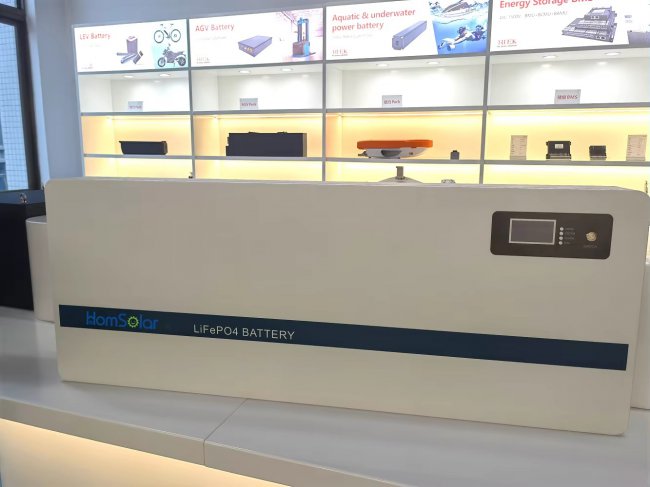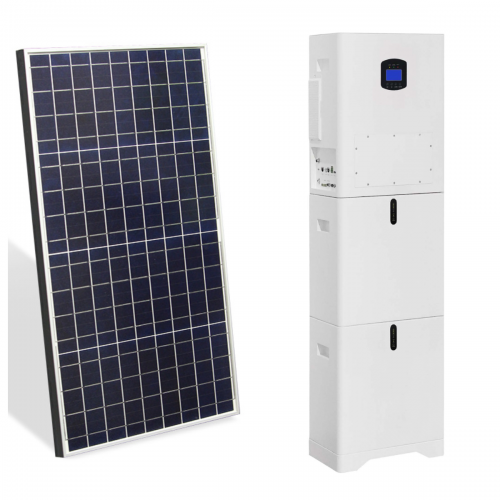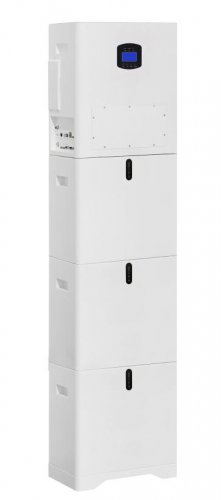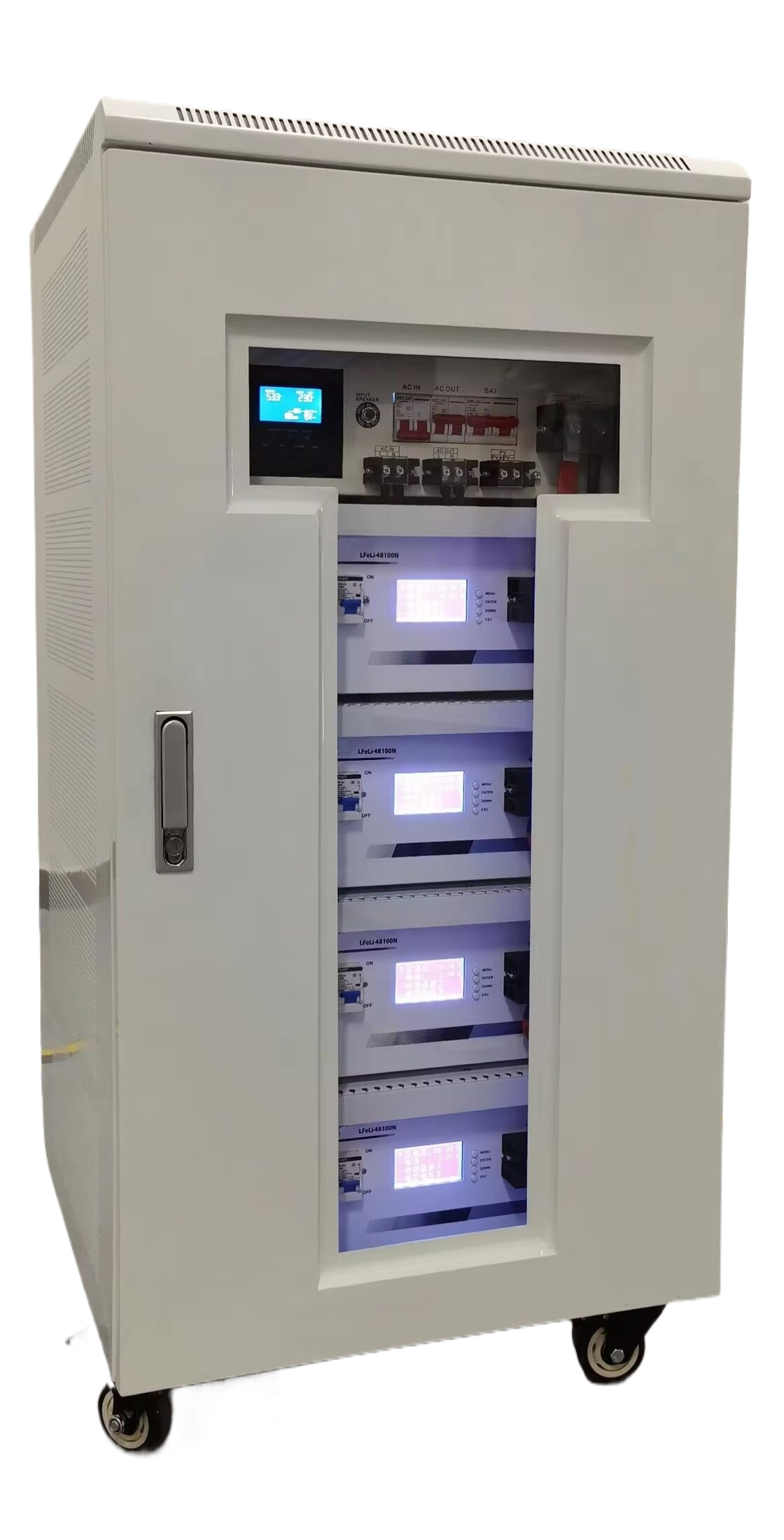How To Use Voltage Specifications: A Practical Guide For Safe And Effective Device Operation
Voltage specifications are among the most critical parameters to understand and adhere to when working with any electrical or electronic device. They define the safe operating electrical potential range for equipment, ensuring functionality, longevity, and, most importantly, user safety. Misapplying voltage is a leading cause of immediate failure, gradual degradation, and serious hazards like fire or electric shock. This guide provides a comprehensive walkthrough on how to correctly identify, interpret, and apply voltage specifications in various scenarios.
Step 1: Locating and Interpreting the Specifications
Before connecting any device to a power source, your first task is to locate its voltage specifications. This information is almost always found on a manufacturer's label or nameplate, which can be on the device's chassis, power adapter, or near its power input jack.What to Look For: The specification is typically denoted by a "V" for volts, often preceded or followed by abbreviations indicating the type of voltage:V DC or V⎓: Direct Current Voltage. This is used by most consumer electronics like laptops, smartphones, and PC components.V AC or V~: Alternating Current Voltage. This is the type supplied by wall outlets and used by larger appliances like refrigerators, washing machines, and lamps.Understanding the Values: The specification can be presented in several formats:A Single Value (e.g., 12V DC): This means the device requires exactly that voltage.A Range (e.g., 100-240V AC): This indicates the device has a built-in wide-range power supply and can automatically accept any voltage within that range. This is common for modern laptop chargers and phone adapters.A Tolerance (e.g., 230V AC ±10%): This means the device is designed to operate normally with voltages as low as 207V and as high as 253V.
Step 2: Matching Device Specifications to Your Power Source
Once you have identified the device's requirements, you must match them to your power source.For Mains AC Power (Wall Outlets): First, know your local grid voltage. This is typically 120V AC in North America and parts of South America and Japan, and 230V AC in most of Europe, Asia, Africa, and Australia. If your device has a wide-input range (100-240V), you can use it almost anywhere in the world, often only requiring a simple physical plug adapter. If your device specifies only 120V and you plug it into a 230V outlet, you will likely destroy it. Conversely, a 230V device plugged into a 120V outlet will simply not operate or will function poorly.For DC Power (Batteries, Adapters, Power Supplies): You must ensure the voltage of your power sourceexactlymatches the device's requirement. A 12V device connected to a 19V power supply is a common and costly mistake that will cause damage. The power supply's current (Amps or A) rating can be equal to or higher than the device's requirement, but the voltagemustmatch.
Step 3: Utilizing the Right Tools and Equipment
Using the correct equipment is non-negotiable for safe voltage application.Transformers and Converters: For AC devices with a fixed voltage that doesn't match your local grid (e.g., a 120V US appliance in a 230V EU country), youmustuse a voltage transformer or converter. Do not rely on simple plug adapters, as they only change the physical plug shape, not the voltage.DC Power Supplies: When selecting a DC power adapter, the voltage must be identical. The connector's polarity (whether the center pin is positive or negative) must also match the device's input. A reversed polarity can cause damage even if the voltage is correct.Multimeters: A digital multimeter (DMM) is an essential tool for the savvy user. You can use it to verify the output voltage of an unknown power adapter or a wall outlet before connecting your valuable equipment. This is a key practice for troubleshooting and prevention.
Practical Tips and Best Practices
1. Always Double-Check: Make a habit of checking the voltage label on both the device and the power source every time you make a connection, especially in environments with multiple similar-looking adapters. 2. Beware of "Counterfeit" Adapters: Cheap, off-brand power adapters may not output the clean, stable voltage they advertise. They can have significant voltage ripple or spikes that slowly damage sensitive electronics. Invest in quality, certified adapters from reputable brands. 3. Consider Voltage Sag and Spike: In areas with unstable power grids, the actual voltage from a wall outlet can fluctuate. If you are operating sensitive or expensive equipment, consider using an Automatic Voltage Regulator (AVR) or an Uninterruptible Power Supply (UPS) to ensure a stable input voltage. 4. Understand the Implications of Tolerance: Operating a device continuously at the extreme ends of its voltage tolerance (e.g., at the -10% limit) can lead to reduced performance and increased heat generation, potentially shortening its lifespan.
Critical Safety Warnings and PrecautionsNever Overload a Circuit: While this guide focuses on device voltage, remember that the current capacity (amperage) of your wall circuit is also crucial. Plugging too many high-wattage appliances (e.g., space heaters, microwaves) into a single circuit can cause the wiring to overheat and create a fire hazard.Water and Electricity Don't Mix: Never handle electrical connections or check voltage with wet hands or in damp environments.High Voltage Warning: The voltage in wall outlets is high enough to be lethal. Unless you are a trained professional, never attempt to repair or modify mains wiring. Always hire a qualified electrician.Fuses are Safety Devices: If a device repeatedly blows a fuse, do not replace it with a fuse of a higher rating. This is a sign of an internal fault, and using a larger fuse removes a critical safety protection, creating a serious fire risk.
By meticulously following these steps—locating specs, matching voltages, using the right tools, and adhering to safety protocols—you empower yourself to use all your electrical devices safely, efficiently, and as the manufacturer intended. Proper respect for voltage specifications is the foundation of operational safety and device reliability.
Customized/OEM/ODM Service
HomSolar Supports Lifepo4 battery pack customization/OEM/ODM service, welcome to contact us and tell us your needs.


HomSolar: Your One-stop LiFePO4 Battery Pack & ESS Solution Manufacturer
Our line of LiFePO4 (LFP) batteries offer a solution to demanding applications that require a lighter weight, longer life, and higher capacity battery. Features include advanced battery management systems (BMS), Bluetooth® communication and active intelligent monitoring.

Customised Lithium Iron Phosphate Battery Casing
ABS plastic housing, aluminium housing, stainless steel housing and iron housing are available, and can also be designed and customised according to your needs.

HomSolar Smart BMS
Intelligent Battery Management System for HomSolar Energy Storage System. Bluetooth, temperature sensor, LCD display, CAN interface, UART interface also available.


Terminals & Plugs Can Be Customized
A wide range of terminals and plugs can be customised to suit the application needs of your battery products.

Well-designed Solutions for Energy Storage Systems
We will design the perfect energy storage system solution according to your needs, so that you can easily solve the specific industry applications of battery products.



About Our Battery Cells
Our energy storage system products use brand new grade A LiFePO4 cells with a battery lifespan of more than 4,000 charge/discharge cycles.



Applications in Different Industries
We supply customized & OEM battery pack, assemble cells with wiring, fuse and plastic cover, all the cell wires connected to PCB plug or built BMS.
Applications: E-bike, Electric Scooter, Golf Carts, RV, Electric Wheelchair, Electric Tools, Robot Cleaner, Robot Sweeper, Solar Energy Storage System, Emergency Light, Solar Power Light, Medical Equipment, UPS Backup Power Supply.
We can provide you with customized services. We have the ability to provide a vertical supply chain, from single cells to pack/module and to a complete power solution with BMS, etc.


HomSolar (Shenzhen) Technology Co., Ltd
























